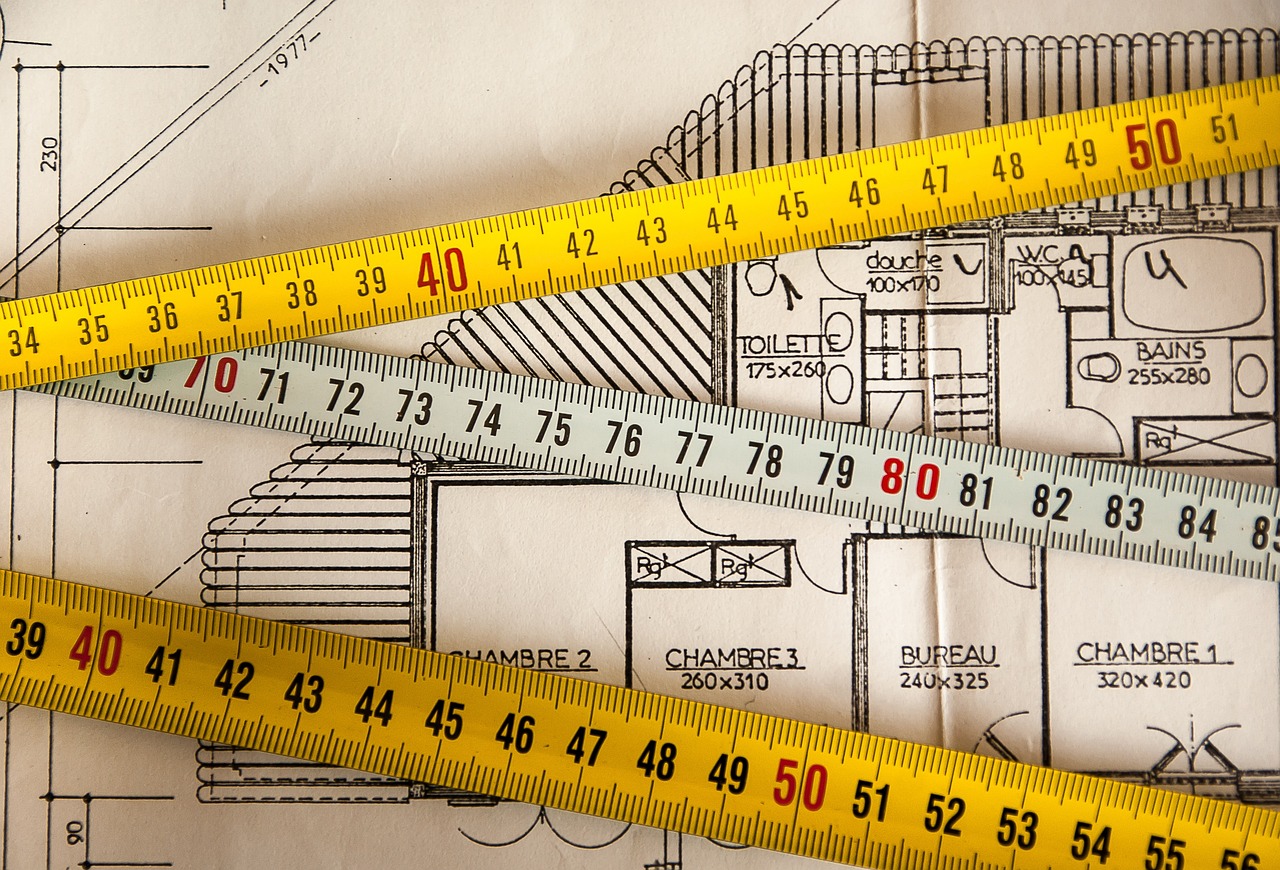Architect Marvels

-
Table of Contents
- Architectural Marvels: Redefining Urban Spaces
- The Rise of Sustainable Architecture
- Case Study: The Edge, Amsterdam
- Innovative Use of Space
- Case Study: Bosco Verticale, Milan
- Technological Advancements in Architecture
- Case Study: The Shanghai Tower
- Community-Centric Design
- Case Study: High Line, New York City
- Adaptive Reuse of Buildings
- Case Study: Tate Modern, London
- Conclusion
Architect Marvels: Redefining Urban Spaces
Urban spaces have always been a reflection of human ingenuity and creativity. As cities grow and evolve, so does the architecture that defines them. Modern architectural marvels are not just about aesthetics; they are about functionality, sustainability, and enhancing the quality of life for urban dwellers. This article explores some of the most groundbreaking architectural projects that are reshaping urban environments around the world.
The Rise of Sustainable Architect
Sustainability has become a cornerstone of modern architecture. With the growing awareness of environmental issues, architects are increasingly focusing on creating buildings that are energy-efficient and environmentally friendly. These structures not only reduce the carbon footprint but also promote a healthier living environment.
Case Study: The Edge, Amsterdam
The Edge in Amsterdam is often cited as one of the greenest buildings in the world. Designed by PLP Architecture, this office building uses advanced technology to optimize energy use. It features solar panels, rainwater harvesting systems, and a smart lighting system that adjusts based on natural light availability. The building’s design has resulted in a 70% reduction in energy consumption compared to traditional office buildings.
Innovative Use of Space
As urban areas become more crowded, the efficient use of space has become a critical aspect of architectural design. Architects are now creating multi-functional spaces that serve various purposes, thereby maximizing the utility of limited urban land.
Case Study: Bosco Verticale, Milan
Bosco Verticale, or Vertical Forest, in Milan is a prime example of innovative space utilization. Designed by Stefano Boeri Architetti, this residential complex consists of two towers that house over 900 trees and 20,000 plants. The greenery not only provides a natural aesthetic but also helps in reducing air pollution and regulating temperature. This project has set a new standard for integrating nature into urban living spaces.
Technological Advancements in Architect
Technology is playing a pivotal role in modern architecture. From 3D printing to smart buildings, technological advancements are enabling architects to push the boundaries of what is possible.
Case Study: The Shanghai Tower
The Shanghai Tower, designed by Gensler, is a marvel of modern engineering. Standing at 632 meters, it is the second tallest building in the world. The tower features a double-skin facade that improves energy efficiency and reduces wind loads. It also incorporates a rainwater collection system and a combined cooling, heating, and power system, making it one of the most technologically advanced buildings globally.
Community-Centric Design
Modern architecture is increasingly focusing on creating spaces that foster community interaction and social engagement. These designs aim to create a sense of belonging and improve the overall quality of life for residents.
Case Study: High Line, New York City
The High Line in New York City is a perfect example of community-centric design. This elevated park, built on a disused railway track, has transformed a neglected area into a vibrant public space. Designed by James Corner Field Operations and Diller Scofidio + Renfro, the High Line features walking paths, gardens, and public art installations. It has become a popular gathering spot for both locals and tourists, demonstrating the power of thoughtful urban design.
Adaptive Reuse of Buildings
Adaptive reuse involves repurposing old buildings for new uses. This approach not only preserves historical architecture but also reduces the environmental impact of new construction.
Case Study: Tate Modern, London
The Tate Modern in London is a stellar example of adaptive reuse. Originally a power station, the building was transformed into a contemporary art museum by Herzog & de Meuron. The architects retained much of the original structure, including the iconic chimney, while adding modern elements to create a unique cultural space. The Tate Modern has become one of the most visited art museums in the world, showcasing the potential of adaptive reuse.
Conclusion
Architectural marvels are not just about grand designs and towering structures. They are about creating spaces that are sustainable, functional, and community-oriented. From the green innovations of The Edge in Amsterdam to the community-centric design of the High Line in New York City, modern architecture is redefining urban spaces in ways that enhance the quality of life for all. As technology continues to advance and environmental concerns become more pressing, the future of urban architecture promises to be even more innovative and impactful.